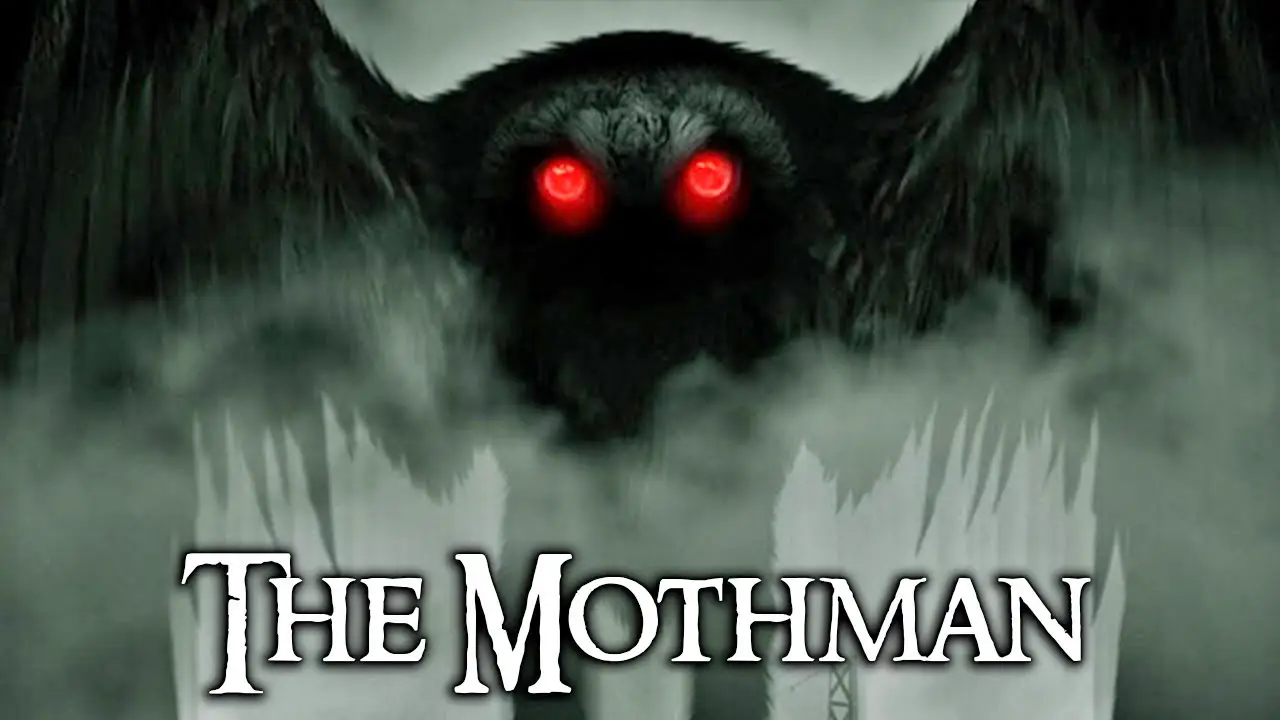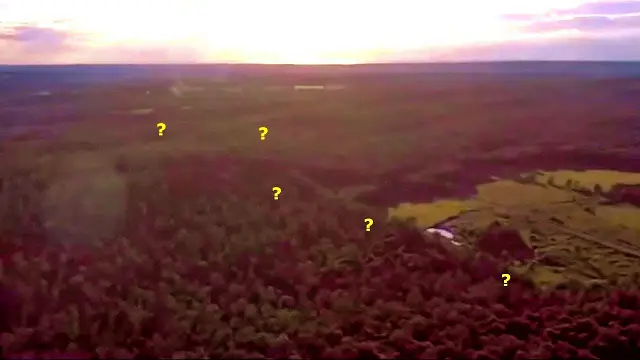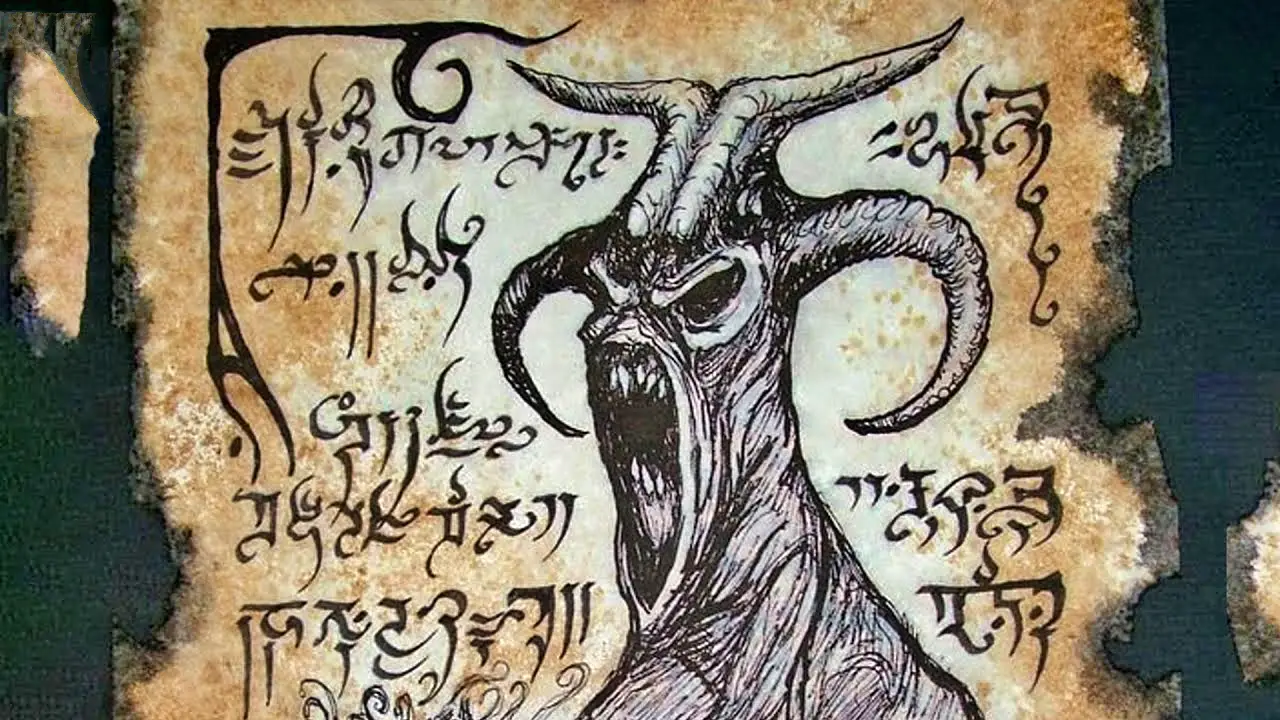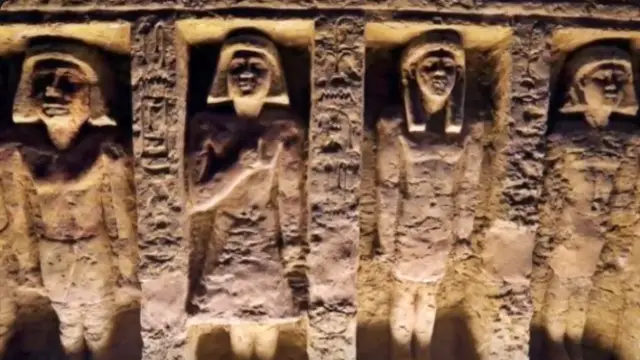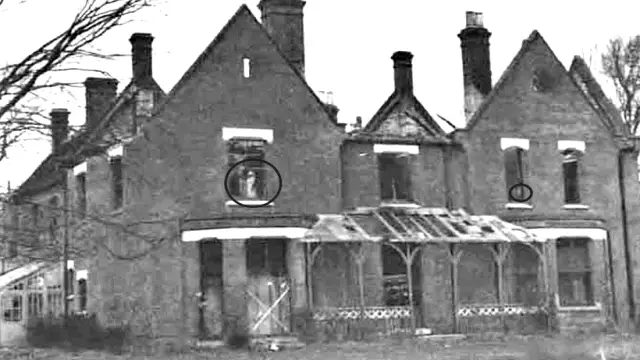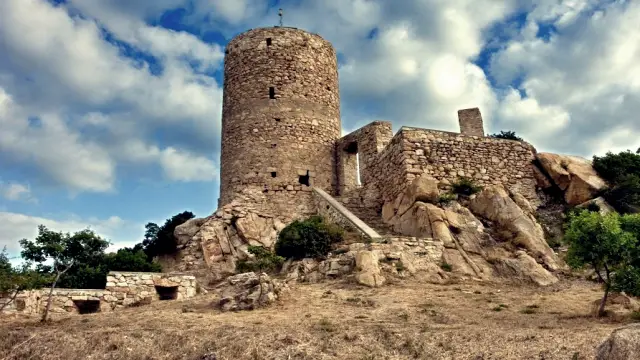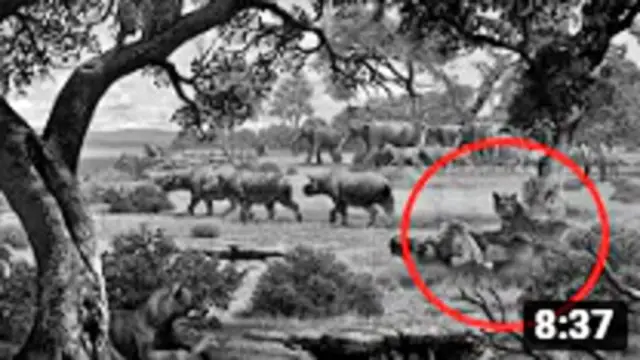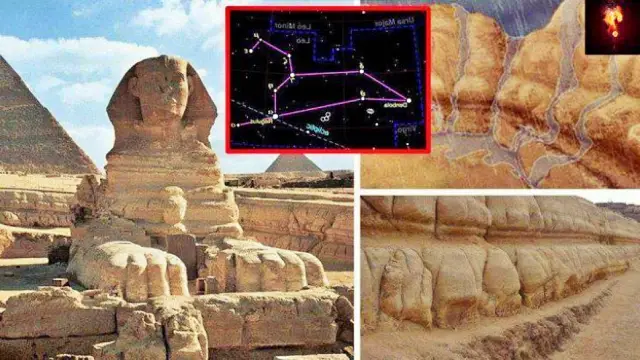An ill-fated sophomore directorial outing for Matthew Robbins, a productive screenwriter who has since become one of Guillermo Del Toro’s consistent collaborators, Dragonslayer was, along with the likes of The Black Hole (1979) and Tron (1982), a dispiriting failure for Disney, as the studio tried to broaden its market appeal. Specifically, the studio had tried to annex the older adolescent demographic, the one which Star Warsand Raiders of the Lost Ark had so potently dazzled in the new age of the blockbuster, when the idea of the “family audience” seemed puzzlingly uncertain in taste and definition, and long before the “tween” demographic was to be successfully engineered. Dragonslayerfloated to the top of my thoughts lately, with the release of its 21st century heirs: John Carter, the financially disappointing, but aesthetically satisfying, problem child for Disney, and The Hunger Games, which, like Dragonslayer’s portrait of by-lot sacrifice to appease the demons of the body politic, shares the Minotaur myth as an inspiration. Robbins’ film mimics the familiar structure of a fantastic adventure where a young hero evolves into a monster-slaying titan, it actually upends and purposefully subverts many of that hoary story structure’s key motifs. The young hero cannot overcome the monster; his magically enhanced, brilliantly crafted weapon breaks at a crucial juncture; he cannot save the beautiful princess from a grisly fate; and he finishes up being not only merely a trigger for the annihilation of both mentor and nemesis, but bystander as polarised social systems, monarchic government and religious authority, compete ineffectually for the credit for slaying the beast, when really it has been a victory for the collaboration of ingenious, quasi-artistic outsiders.
In short, Robbins set out, with satirical purpose reminiscent of Richard Lester and Monty Python, to undercut much of the familiar, adolescent fantasy-gratification and audience-pleasing familiarity of the mythic tale as transmitted down to the early ‘80s multiplex. Add to this the fact that Dragonslayer is a pungently atmospheric, surprisingly gruesome movie that undoubtedly surprised and discomforted a lot of parents who took their kids to see it under the impression it would be something akin to a live-action The Sword In The Stone (1963), and it’s small wonder Dragonslayer finished up failing to make its budget back. That said, Dragonslayer is a mischievous, well-made, deeply enjoyable movie that falls short of greatness largely because it finally tries a little too hard to outsmart itself, leading to a visually dynamic, superbly crafted, but awkwardly anticlimactic climax. Peter MacNicol, later mostly known as an impish comic actor, here does yeoman service as Galen, callow young apprentice to Ralph Richardson’s loopy old sorcerer Ulrich. Ulrich is called into action by a delegation of peasants from a far-off kingdom, the puckishly named Urland, that lives in fear of an ancient, malevolent old dragon, Vermithrax, currently kept at bay by yearly sacrifices of tender young female virgins, chosen by lot from the kingdom’s proletariat, whilst the daughters of upper classes are kept surreptitiously safe. The delegation have been followed by their king’s enforcer, Tyrian (John Hallam), who is determined, with understandable motives but ugly methods, to sustain the sacrificial system that maintains peace and stability in the kingdom. He goads Ulrich into proving his powers; Ulrich obliges by handing him a knife to stick in his chest, and when the blade is pressed home, the sorcerer falls dead.
Richardson’s seriocomic poise is sorely missed afterwards, but the sublime gag of this twist is mediated by the cryptic meanings of Ulrich’s foresight and instructions, which nag at Galen until events reveal their purpose to him. Galen and Ulrich’s grumbling servant Hodge (Sydney Bromley) decide to travel with the delegation back to their homeland because Galen is sure he has mastered his mentor’s teachings, and the magic amulet he left behind, sufficiently to combat the beast. Tyrian kills Hodge, mistaking him for the replacement dragon-slayer, and Hodge, with his dying breaths, hands over Galen their master’s ashes, to be carried to journey’s end. Galen, when the band arrive at the beast’s lair, tries to seal the dragon up by magically bringing the mountain above down on the lair’s entrance. The spirit of physical and sexual metamorphosis so often vital to archaic myth is here cleverly melded with a more contemporary hint of gender politics, as the leader of the delegation, the forceful Valerian (Caitlin Clarke), proves to be a young woman in disguise, having been brought up as a man to protect her from the lottery. Galen’s accidental discovery of her femininity comes when he jumps into a pond where she’s bathing, cueing a very funny fragment of nudity. This moment combines the film’s specifically cheeky take on classical myth, with dashes of Diana spied on bathing by Actaeon, and Melusine spied on by her husband, where the violation of feminine privacy takes on taboo qualities, with a contemporary perspective on how gender is constructed by its apparel. “She was twice the man of anyone in the village, and now she’s twice the woman!” Valerian’s father (Emrys James) crows. The consequences of being “outed” are also made clear, for communally-defined identities fixes individuals into roles that must played whether they like it or not: subsequently, Valerian has to join the lottery.
After Galen’s avalanche-provoking ploy seems to have worked in trapping the beast, Valerian emerges into the celebratory dances in a dress, provoking momentary bemusement and wonder until Galen accepts her, in a moment that tingles with transformative sensual qualities. Elements of Dragonslayer anticipate the Harry Potter series, including the uneasily paternal relationship between Galen and Ulrich which prefigures Harry’s with Dumbledore, and there’s a similar implicit link between not only magic and the metamorphoses of adolescence, but the notion of magician as artist and outside vision in a society. Ulrich retains a twilight-hued memory of how the dragons, of which the benighted Vermithrax might be the last, just as Ulrich could be the last true sorcerer, and the binary relationship of the two, as forces of benign and malevolent wonder of an extreme, superhuman degree, is continually stressed. They are also contrasted with the two poles for maintaining a stable human world, being, again, religion and government: the age of wonder is engaged in the last act of self-annihilation, from which the prosaic rises. But far from the colourful, easily enjoyable tone of the Harry Potterseries and most other films in the fantasy genre, Dragonslayeractually takes up the lead of Raiders of the Lost Ark in cross-pollinating fantasy with aspects of the horror genre. In one grim sequence, Vermithrax is served up his virgin sacrifice (Yolande Palfrey) for the year; bedecked in flowers and white linen, she fights to slip out of her manacles, tearing his wrists to bloody messes, and does get free, but still can’t escape the colossal, terrifying beast whose awe and strength is neatly captured in a rising crane shot mimicking its perspective in drawing a breath before releasing its fiery spume, and Carl Dreyer’s unflinching depiction of Joan of Arc’s fate is recreated in miniature.
As the film unfolds, religion is quickly brushed aside as Ian McDiarmid’s ranting priest is roasted by Vermithrax, and government is embodied by Cassiodorus Rex (Peter Eyre), who set up the lottery system in the hope it could hold the beast off until it died, and Tyrian mercilessly enforces the system because he feels in lieu of an effective response to the dragon, anything done to provoke it is merely false hope and, worse, destructive, as the beast’s retaliations are dreadful. Galen’s first attempt to kill Vermithrax merely proves Tyrian’s point, but Cassiodorus’ solution proves filled with iniquities, as his own daughter Princess Elspeth (Chloe Salaman) and others from the higher class are surreptitiously left out of the lottery draw, and the solution has encouraged a culture of fear, false security, repression, and ritual murder, made perfectly, grimly clear in a sequence that depicts the hideous fate of the latest of the by-lot sacrifices. Eyre’s performance is both hilarious and pathetic, as a king who can think of nothing more forceful than to bleat “The lottery is invalid!” when he realises the self-sacrificial switch his daughter has pulled, and then, having imperiously chastised and imprisoned Galen previously for his dragon-slaying efforts, is reduced to begging him to try and save his daughter, as common sacrifice suddenly becomes personal and thus unbearable to the self-described beneficent ruler whose system fairly sates the danger.
Elspeth, for her part, is shocked when Galen, hurled into Cassiodorus’ dungeon for his presumptions, tells her the common belief about the exemption. She ensures that the next drawing consists entirely of her own name, and serves herself up with determination as the sacrificial lamb, refusing to be saved by Galen – a ruthlessly clever twist on a theme of privileged guilt over being saved from the worst facts in a society, and the kinds of act this leads to. So, the Princess goes down be to lunch meat for Vermithrax’s offspring. This pays off in a sequence that is both potentially traumatising, for young kids shocked at this development and the unexpected goriness as the larvae nibble away at her body, but also darkly humorous and bracing for the harder adult heart, in its cool assault on cliché. Galen is instead matched with the protean, peasant-class Valerian, in a pointed defloration of the classic theme. Dragonslayer is consistently infused with Robbins’ and co-writer Hal Barwood’s attempt to present a more probing, ironic, and contemporary take on the simple, elemental symbolism of the St George tale, trying to elucidate blind spots of power, gender, and hierarchy inherent in such mythology, and deliberately mediate the standard boy-becomes-man, apprentice-becomes-master motif by having Galen fail, but honourably, still validated when he resurrects Ulrich, who assures him he did well, and will become stronger. The potential moral and physical cost of battling the evil of the dragon is invoked, and by inference the idea of all warfare “in a good cause”, but the idea that evil can be escaped by piecemeal concession is also finally ridiculed.
Robbins, in spite of his scurrilous, antiheroic tilt, nonetheless constantly achieves visuals, in confluence with cinematographer Derek Vanlint and the effects team, that strike to the heart of mythic fantasy. A superbly visualised sequence, in which Valerian’s blacksmith father hauls the specialised weapon, the Dragonslayer, he constructed but was never game to use, from where he hid it in under a cascade, sees water and steel conjoined in the same motif of purity that drives Boorman’s concurrent Excalibur (1981), before Galen helps to reforge the spear with magical strength. Galen’s adventure in the dragon’s lair and his fight with the beast is excellently realised in fiery stygian hues and clever pre-CGI effects, particularly when a shot that has recurred throughout, where the dragon rises up behind a poor puny human, monster mostly concealed by the foreground figure, is finally presented uncurtailed, and the full impact of the dragon’s glowering head looking down on potential prey is indelible. The finale presents an ebullient landscape of swirling storm clouds, astral bodies in eclipse, and the swooping form of the dragon hovering darkly and apocalyptically over the blasted earth, in shots seemingly inspired by Milton, and others are the stuff Murnau, Lang, or DeMille could have conjured. Alex North’s score, with its thunderous horns, promises high adventure and infernal threat.
Still, Dragonslayer doesn’t achieve classic status, because ultimately its modishness starts to feel forced, and the narrative doesn’t quite resolve with the true, epic force of the best films of this kind. MacNicol never really works as a more eccentric Mark Hamill type, lacking charisma and dash, and Clarke, whilst handling Valerian’s tough-guy/girl act with aplomb, sounds, like MacNicol, far too contemporary and out of place in the entirely Anglophonic cast, as if Deborah Van Valkenburgh’s Streets of Fire (1984) tomboy has been somehow transplanted into ye olde Europa. Robbins also, in spite of his intelligence in building mood and individual sequences, consistently reveals uncertainty in how to structure his film, for instance burying the impactful sacrifice scene nearly a half-hour in, failing to sustain a properly intensifying rhythm, and uncertain depicting sustained action. Galen’s duel with Tyrian is clumsily staged, and the final confrontation of the resurrected Ulrich with the dragon, which anticipates the stand-off of Gandalf and Balrog in The Lord of the Rings: The Fellowship of the Ring (2001), fails to truly thrill in spite of the bravura staging, because the story has emptied out its bag of tricks by this stage; the slightly cynical tweaks of formula ultimately leave it without a clear stake or sense of urgency. Even Galen’s tortured moment of having to smash his amulet that has sustained his power and destroy his mentor passes without much real sense of difficulty and severance. Still, there’s pathos in the sight of the dazed and sorry Cassiodorus shoving his sword into the dragon’s smouldering corpse with a chamberlain announcing his victory over the beast, whilst the newly burgeoning Christian flock also claims the triumph, thus leaving the secular and spiritual authority equally, apparently impotent, but also locked in a war for preeminence in influencing people now that magic, the potential of the creative both good and ill in the protean state of the world-in-making, have been banished from the land, and the young lovers leave them to it. Dragonslayer is by and large a vivid, smart, provocative, memorable take on a genre that has, especially in the past few years, fallen too often into sludgy special effects parades aligned with shallow, lazy, and derivative storylines, and a lack of any kind of bravery in testing the limits of what audiences expect from such fare, as anyone who’s sat through the likes of The Sorcerer’s Apprentice (2010) can testify.
